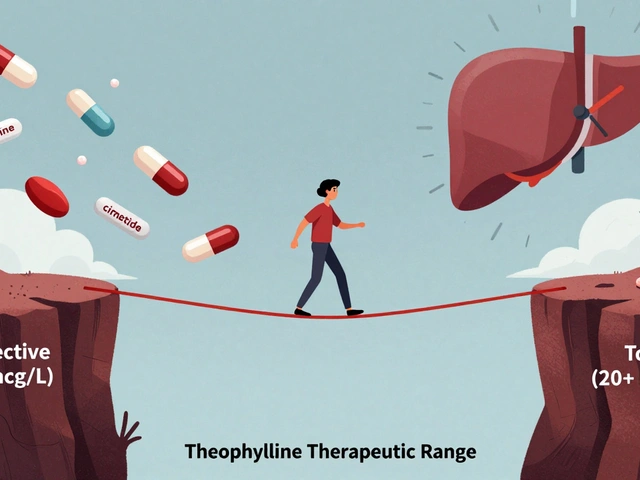Antidepressants: Practical Guide to Types, Use, and Safety
Antidepressants can lift mood, reduce anxiety, and help you function again. They don’t work instantly, and picking the right one is a mix of science and personal response. Here’s what matters now, in plain language.
How antidepressants work and common types
Most antidepressants change brain chemicals that affect mood. SSRIs (like sertraline, fluoxetine) raise serotonin. SNRIs (venlafaxine, duloxetine) affect serotonin and norepinephrine. TCAs and MAOIs are older options and can work well but have more side effects. Atypical antidepressants (bupropion, mirtazapine) suit people who need different effects, such as less sexual side effects or more energy.
What to expect: timing, side effects, and risks
Expect weeks before feeling better—usually two to six weeks for noticeable change, and up to three months for full effect. Common side effects include nausea, sleep changes, dry mouth, and sometimes sexual problems. Some meds cause sleepiness; others cause insomnia or jitteriness. Stopping suddenly can cause withdrawal symptoms; always taper with your prescriber. If you have severe mood swings, new suicidal thoughts, or unusual behavior, contact a clinician right away.
Antidepressants interact with other drugs and supplements. Combining certain antidepressants with MAOIs, some pain meds, or supplements like St. John’s wort can cause dangerous reactions. Tell your provider about all medicines, including over‑the‑counter pills and herbal products.
Choosing an antidepressant depends on your symptoms, health history, other meds, and side effect goals. For anxiety and panic, many doctors start with an SSRI or SNRI. For low energy and smoking cessation, bupropion may be preferred. Older adults, pregnant people, and those with heart issues need special choices—talk specifics with a prescriber.
If the first drug doesn’t work, don’t give up. Often clinicians switch medications, adjust dose, or add therapy. Combining medication with psychotherapy (CBT, counseling) usually works better than either alone. Keep a symptom diary so you and your clinician can track progress clearly.
Shopping for antidepressants online? Use licensed pharmacies that require a prescription, show a registered address, and offer pharmacist contact. Avoid sites that sell controlled meds without a prescription or insist on large upfront cash payments. If a deal looks too good, it likely is.
Keep a weekly mood log and a current list of all medicines, including vitamins and herbal supplements. Avoid drinking alcohol while adjusting doses. Tell dentists and surgeons you take antidepressants before any procedure. Book a follow‑up within four to eight weeks so your clinician can tweak treatment if needed.
Side effects, interactions, and withdrawal are real but manageable with proper care. Ask clear questions: What side effects should I expect? How long until I feel better? What if I want to stop? Who do I call in an emergency? Keeping a direct line to your clinician shortens problems and keeps treatment on track.
Antidepressants are tools, not fixes. They help you build momentum—therapy, lifestyle changes, sleep, and exercise matter too. If you’re unsure where to start, ask a primary care provider or a psychiatrist for a straightforward plan tailored to you.
Exploring the Psyche: Can Antidepressants Cause Strange or Vivid Dreams?
The use of antidepressants has been linked to the experience of strange or vivid dreams, affecting dream emotions and even leading to nightmares. Understanding these effects is crucial for those on such medication.






